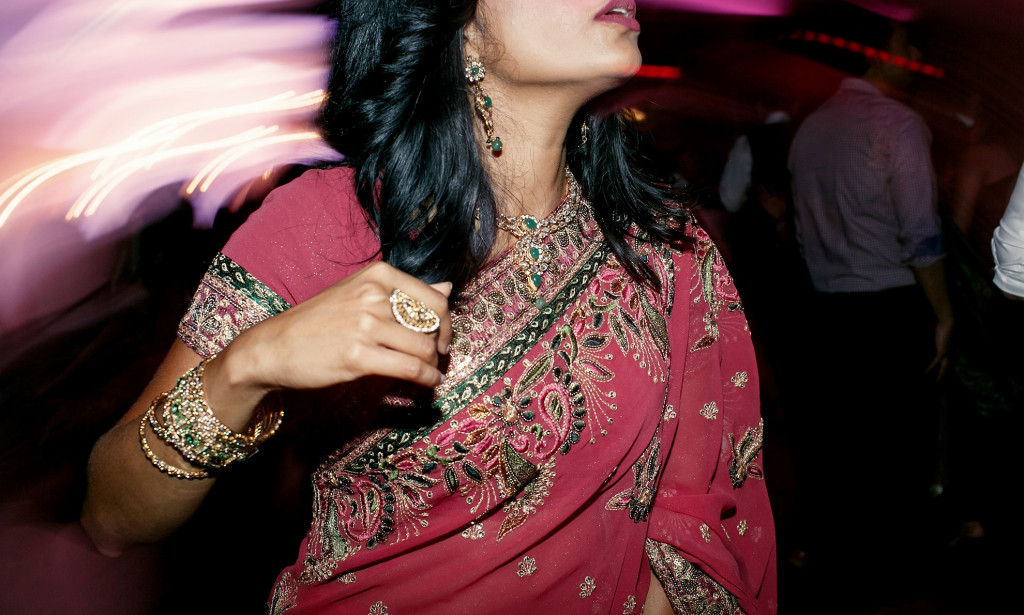Sari is a glamorous traditional dress of India. Wearing sari is preferred by women and is probably one of the oldest garment for women in India. Sari traces of the Indus Valley Civilization have been found which grew in the western part of the Indian subcontinent between 2600 BC and 1600 BC. The method of wearing sari by women was also different in the era of Indus valley civilization. Cotton was first cultivated and woven in the Indian subcontinent around 5th millennium BCE. From the time of the Indus Valley Civilization and for a long time, it was customary to wear garments made of this cotton and to wear sari garments made of cotton.
The Indian sari tradition still exists in the face of the traditional environment. Wearing sari is compulsory for women in our various occasions, this is the main purpose according to Indian custom. Wearing sari in unique styles gives us pleasure and in how to wear sari in a completely new way this is the explanation here is almost related to maintaining the pattern of wearing only sari. Every step of wearing sari in style is significant especially since it is usable in a variety of ways. The method of wearing the traditional Indian sari has changed a lot from the ancient system and now it is divided into different regions.
Usually, we see that wearing sari is consistent with different types of traditional patterns. The style of wearing sari varies from region to region and the Bengalis retain their own drapping sari art in the traditional sari reading style. In the Maharashtra region, it is customary to wear sari with belly ornaments, and according to the South Indian tradition, it is customary to wear a white sari made of gold with narrow slopes. The Bihari tradition maintains a very different style of wearing sari with bangles and in comparison with the Bengalis. Thus, different styles of wearing sari by women is regional attitudes vary from region to region in India.
The present age is so advanced that when we left the age of thick cotton sarees made of cotton, we became acquainted with the stock of different types of sarees of the present age. In the present era, the tradition of sarees varies depending on the style and price of the sari. The sari worn in fine work is so attractive that it is the greatest adornment of a woman's body in any glamorous occasion. Lahenga worn in sari style is also much more friendly in the present era. Although the price of lahenga is much different than that of sari in terms of price, lahenga is literally much more demanding nowadays than sari.
Although sari is in vogue according to the ancient tradition, in addition to sari, there are many other good local and foreign garments to be worn. The rules to be followed in wearing sari are quite different from many other readymade garments. The uniqueness of wearing sari is nurtured in the beauty of sari, but the uniqueness of wearing sari is not as noticeable in the case of wearing various other fancy clothes. The modern age is so much aware of fashion that traditional sarees also show the beauty of fashion. Although it is often difficult to carry a sari compared to other garments, the beauty and tradition of a sari is the beauty of a woman.


You must be logged in to post a comment.